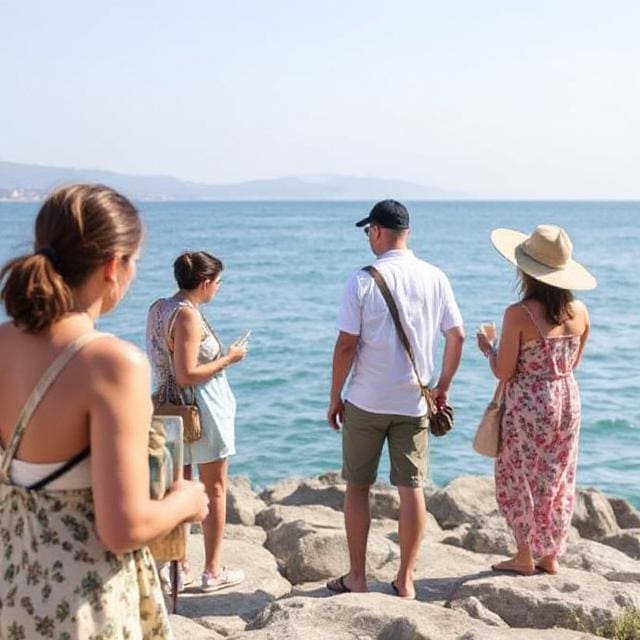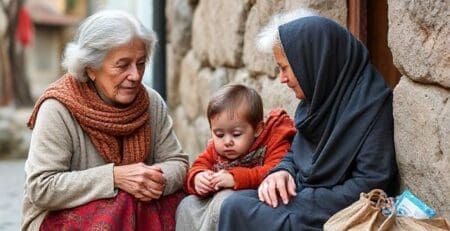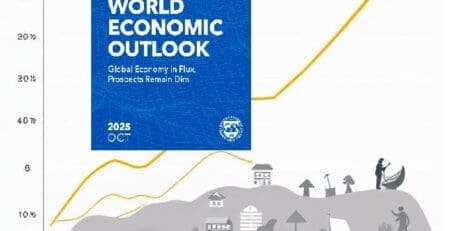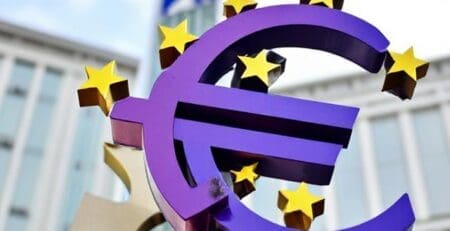Albanian tourism 2021 – 2025 is moving from quantitative growth to sustainable formalization
During the period 2021–2025, tourism in Albania has moved from a post-pandemic recovery phase to a consolidation phase with clear growth trends. Data on overnight stays (the number of nights spent by visitors in accommodation facilities) show not only a significant volumetric increase but also a shift in visitor structure, from a dominance of domestic tourism in 2021 to a predominance of foreign visitors in 2024–2025.
Comparisons among the main months of the year (January, June, August, December) and across years show the evolution of the tourist season, the gradual expansion of demand, and the influence of economic and geopolitical factors.
Monthly analysis of structural trends
| Month | Main Trend | Rez/Non-Rez Ratio | Structural Note |
|---|---|---|---|
| January | Steady growth each year (from 55k to 294k) | From 0.7 to 1.9 → noticeable increase of non-residents | Development of winter tourism (cultural, mountain, year-end) |
| February | 8-fold increase, from 55k → 475k | From 0.9 to 2.6 in favor of non-residents | Effect of “season extension” policies, promotion outside summer |
| March | Triple the volume of overnight stays | Constant ratio, dominated by non-residents | Start of first seasonal foreign tourist arrivals |
| April | Fourfold compared to 2021 | In 2025 ratio ~3.2:1 favoring non-residents | Expansion of tourist season and early promotion |
| May | From 142k → 1.8 million in 2025 | From 1.2:1 to 2.8:1 | Month enters peak season in 2024–2025 |
| June | From 324k → 2.26 million → +600% | From 1.5:1 to 3:1 | Consolidation of full summer season with strong foreign presence |
| July | 697k → 960k (peak 2023) | Stable around 2:1 | Main season, but capacity saturation in 2024 |
| August | Absolute peak in 2023 (1.52 mln) | 2:1 in favor of non-residents | Sign of market maturation and maximum load |
| September | Post-summer peak but remains high (377k → 488k) | 1.7–2:1 | Season extension beyond summer, especially in the south |
| October | Double from 2021 to 2023 (151k → 311k) | 1.6–2.0 in favor of non-residents | Transitional month with cultural tourism and events |
| November | Steady growth, ratio 1.5–2:1 | Slightly favoring non-residents | Development of professional events and congress tourism |
| December | Double 2021–2024; Rez/Non-Rez balanced | Ratio 1.3 in 2024 | Year-round diversification with festive and urban offers |
Monthly dynamics with four key moments of the tourist year
January represents a stable period of domestic tourism. From 2021 to 2024, the number of overnight stays more than tripled, from about 55k to 169k. Most of these are residents, showing that domestic tourism has maintained stability despite the absence of foreign flows in the cold period.
This month shows increasing demand for winter holidays within the country, especially in mountain areas, due to the development of hotel infrastructure and local events.
June marks the start of the high season and a notable increase in non-residents. From around 324k overnight stays in 2021, this indicator reaches 869k in 2024, with over 60% being foreign tourists.
The early demand growth in June indicates an extension of the tourist season, now starting at the end of spring, reflecting improved flight connections and diversification of the offer in coastal and rural areas.
August remains the peak of tourist activity. In 2024 it reached over 1.7 million overnight stays, compared to 986k in 2021, becoming the main driver of the tourism economy.
In this month, non-residents dominate significantly, often with a 2:1 ratio compared to residents, confirming increasing reliance on foreign markets. This high intensity of flows brings economic benefits but also challenges for accommodation capacity, infrastructure, and the environment.
December, although quieter, has maintained a slight and steady increase. From around 123k overnight stays in 2021 to about 230k in 2024, it shows that year-end tourism is taking a stable position, mainly supported by residents and regional visitors. This segment is closely linked to national holidays, cultural activities, and family trips.
Horizontal analysis (2021–2025)
| Year | Total Overnight Stays (estimated) | Annual Growth | Non-Resident Share |
|---|---|---|---|
| 2021 | ~3.3 million | — | 55% |
| 2022 | ~4.7 million | +42% | 59% |
| 2023 | ~7.0 million | +49% | 64% |
| 2024 | ~9.0 million | +28% | 67% |
| 2025 (9-month) | ~7.2 million (extrapolated ~9.6 annual) | +10% (so far) | 70% |
Data separated by visitor origin show a strong structural shift over the past five years:
- In 2021, residents accounted for over 58% of total overnight stays.
- In 2024, this share dropped to around 35%, while non-residents became dominant in the high season.
The growth of non-residents is linked to:
- Recovery of international markets after 2022;
- Expansion of hotel capacities and direct air connections;
- Improved international promotion of Albanian destinations.
On the other hand, domestic tourism, while growing in absolute terms, remains more dependent on seasonality and purchasing power. It plays a stabilizing role in off-season periods but has limited impact on total volumes.
Across the same months in different years, steady and progressive growth is observed in all periods. The strongest increases occur between 2022 and 2023, reflecting full post-pandemic recovery and accumulated international demand. In intra-year monthly comparisons, seasonal polarization is highlighted: the difference between January and August exceeds tenfold, a ratio that remains unchanged even after overall market growth.
Synthesis of sector development and formalization (2021–2024)
The total number of overnight stays increased by over 300% from 2021 to 2024, reflecting not only expansion in tourism demand but also a significant increase in the formalization of the accommodation market. This growth shows that an increasing share of visitor flows is officially registered, in accordance with reporting and registration systems of tourist structures, making the sector more transparent and measurable.
Non-residents are the main driver of this expansion, especially in summer months, where international flows have increased both visitor numbers and the level of formalization through structured bookings, the tourist tax system, and growth in licensed operators. This indicates increased reliability of the Albanian market internationally.
Meanwhile, residents remain a stabilizing factor, particularly in cold months and festive periods. Domestic tourism, although smaller in relative weight, has helped reduce internal informality, through online platforms and growth of registered structures in urban and mountain areas. Although seasonality has softened somewhat, it remains a structural challenge for sustainable sector development. Extending the season and increasing formalization must go hand in hand to ensure that growth in numbers is accompanied by quality, transparency, and real contribution to the national economy.
In this regard, the performance of recent years shows that tourism growth is gradually shifting from a quantitative phenomenon to a process of sustainable and formalized development, where every reported overnight stay represents real and taxable economic value.




Leave a Reply
You must be logged in to post a comment.